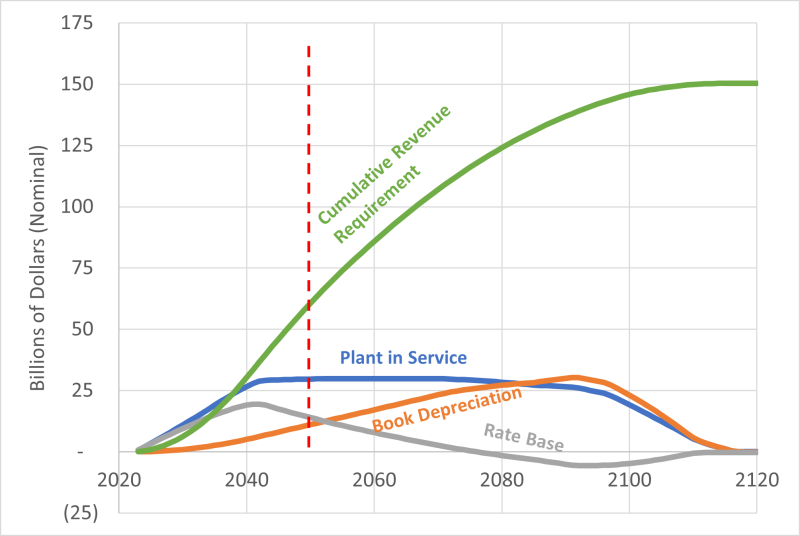Rethinking New York’s Costly Gas Pipe Replacement Programs

New York’s gas utilities have costly pipe-replacement programs to deal with the state’s expansive leak-prone pipe issues. Utilities pass the costs of those programs on to customers, who could end paying for the programs long past the point when the state weans itself off widespread gas use.
What is leak-prone pipe and why does it matter?
New York’s gas utilities collectively have about 7,000 miles of aging, leak-prone cast iron and unprotected steel pipes carrying gas to individual customers throughout much of their distribution systems. These gas utilities are replacing sections of this leak-prone pipe and have plans to continue replacing it far into the future. Leaking pipes emit methane gas, a powerful greenhouse gas, into the atmosphere. Replacing actively leaking pipes also mitigates safety risks. However, utilities are replacing both actively leaking pipe and pipe that is not yet leaking. While replacing actively leaking pipes can reduce greenhouse gas emissions, replacing leak-prone pipe is expensive for the ratepayers who ultimately bear the replacement costs. Utilities recover these replacement costs from ratepayers over the material life of the new pipes, which utilities have historically assumed to be more than 50 years.
How would all this pipe replacement affect customers?
Continuing replacement of leak-prone pipes at current rates will result in growing undepreciated asset balances and billions of dollars in additional revenue paid by ratepayers to cover the cost of the new pipes. Ratepayers will also have to cover the costs of a return on that investment for utility investors, as well as property and income taxes. The replacement programs create an increasing cumulative revenue requirement (which translates into increasing gas rates) for New Yorkers through 2100. This is 50 years beyond when New York’s Climate Plan calls for the state to achieve net-zero emissions statewide.
The figure above shows the likely trajectory for combined revenue requirements for the six utilities Synapse studied, based on continuation of the current leak-prone pipe replacement programs. It shows this in the context of New York’s net-zero emissions target date (red line).
To give an example from among the six New York utilities Synapse analyzed, ConEd’s revenue requirement for leak-prone pipes alone would rise to a high of $1.33 billion in 2041 before gradually declining as the new pipes depreciate.
Does it have to be this way?
Not at all! New York Gas utilities can shift the focus to non-pipe alternatives. Thus far, the utilities have generally focused on emission-reduction approaches that allow and encourage continued use of the gas distribution system. These approaches include continued leak-prone pipe replacement to safely operate the gas system. They also typically entail the ongoing purchase of costly fuel alternatives to replace fossil gas.
There is growing recognition that reliance on these alternative fuels is insufficient to meet New York’s climate targets. Continuing to replace leak-prone pipes at the present pace (or, consistent with the utilities’ stated goals for pipe replacement) risks incurring substantial costs to extend the life of a system that already must be downsized to comply with climate laws. These costs would be spread over fewer gas sales, resulting in greater rate increases and encouraging defection of customers from the gas system.
New York could instead revisit all leak-prone replacement plans and evaluate each proposed investment for non-pipes alternatives. These alternatives, which would include building electrification, could very well prove to be more cost-effective and also consistent with New York’s Climate Scoping Plan.
Read more about Synapse’s analysis here.